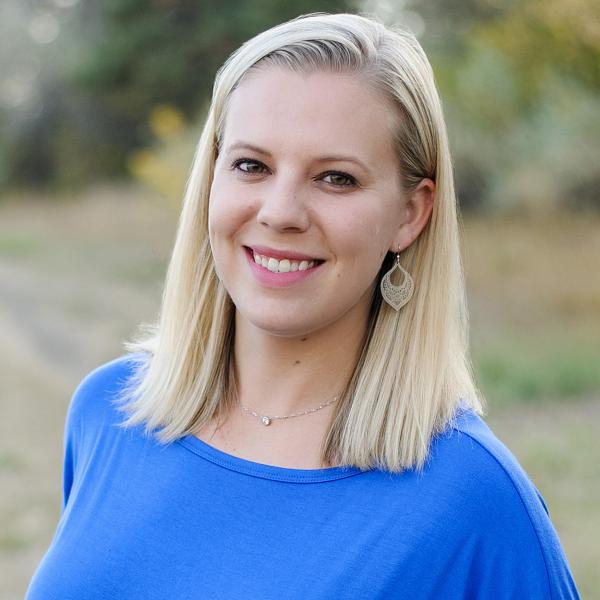On The Radar: Bills and Issues to Watch
Zombie Bills
Many proposals that were killed last year are likely to rise from the dead, either in an identical form or in a reworked version.
Freestanding Emergency Departments (EDs)
Freestanding EDs have been popping up around Colorado, especially in higher-income areas. Some Coloradans visit these facilities for treatment thinking that they’ll be charged as if they were at an urgent care facility, but sticker shock sets in when they get the bill. Critics have called for limiting the growth of freestanding EDs around the state, through a Certificate of Need law or other means, or at least ensuring that consumers understand the higher costs at these facilities. A 2016 bill (HB 16-1374) designed to educate consumers about the difference between freestanding EDs and urgent care failed due to concern over conflicts with a federal law. Democratic Sen. John Kefalas convened a group to study the issue in the interim and will be sponsoring a bill. It’s possible that there will be proposals to limit the growth of hospitals, too.
Hospital Provider Fee
As soon as the bill to remove Provider Fee revenue from the TABOR limit (HB 16-1420) failed last session, Democrats vowed to bring it back. But their chances would have been much better if they’d gained control of the Senate. While an effort to change the fee’s TABOR status is guaranteed to attract a lot of attention in 2017, its chances are slim unless new coalitions pressure leadership or new compromises are put on the table.
Drug Pricing
A proposal to require greater transparency in pharmaceutical pricing (HB 16-1102) failed last session after it was opposed by the pharmaceutical industry, which said it went too far, and by advocates who believed it did not go far enough. Expect another try for this bill, which sought to require manufacturers to disclose their costs and pricing structure for certain expensive medications.
Behavioral Health
The 2016 session saw some victories for mental health advocates, such as greater funding for substance use treatment around the state (SB 16-202). But a debate ensued when the governor vetoed a bill to expand the types of places a person could be housed during a mental health crisis, including jails (SB 16-169). Legislators and others have vowed to keep working on the issue. An interim task force has provided recommendations and promoted a stance of “no jails, period.”
Out-of-Network Charges
Getting treatment outside of the insurance company’s provider network can result in a not-so-pleasant surprise bill. It has been two years since the last measure (SB 15-259) attempting to deal explicitly with this topic, but the debate has been ongoing. The upcoming session will see an attempt to eliminate so-called balance billing — where patients are billed for the difference between what their providers charge and what their insurance pays — and may feature other bills designed to clarify in- versus out-of-network providers for consumers in advance of receiving services.
Insurance and Health Care Costs
Insurance premiums are on the rise, and the cost for some Coloradans, especially those in the mountain counties, is nearing the breaking point.
The Division of Insurance (DOI) in September announced premiums for 2017, and the news for many was not good. While small group premiums are rising an average of just two percent, plans on the individual market are increasing more than 20 percent statewide. The Eastern Plains and the Western Slope, where consumers already pay some of the nation’s highest premiums, will be hit especially hard. Eastern Plains prices will increase 39 percent from 2016 and Western Slope prices will head up by 28 percent. And 14 counties are down to a single insurance carrier offering plans this year through Connect for Health Colorado.
Last session, legislators required the DOI to study the idea of changing the state from nine geographic rating regions — which affect how much carriers can charge people in different parts of the state — into just one (HB 16-1336). The DOI did not recommend the move, because lower prices for some would lead to higher prices for others and because the change could hurt consumers by causing carriers to drop out of the market. The results of the study were frustrating for those desperate for a change.
In the aftermath of the DOI’s decision, Lt. Gov. Donna Lynne convened a stakeholder group on health costs that met several times last fall. Four mountain-area legislators helped lead the discussion, which also included county commissioners, insurers and hospital representatives.
The group looked at a range of ideas, including some that have long been considered off-limits for Colorado, such as hospital rate setting (which gives a state power over the prices hospitals can charge). Other ideas had been recommended before, such as geographic rate banding, which would limit disparities in premium pricing and represent a middle-ground approach between the state’s current rating regions and a single rating area.
Expect to see several bills or at least further research from this group — for example, a proposal to offer subsidies to people with higher incomes (400 percent to 500 percent of the federal poverty level) than what’s allowed by the ACA. It’s difficult to predict what might happen, however, because of uncertainty over changes at the federal level. Many ideas may be sidelined as legislators and the lieutenant governor take a “wait and see” approach.
Insurers are being targeted by other groups as well. The legislature may consider bills requiring clearer rules on provider networks, prohibiting insurers from delaying payments to providers and allowing the DOI to investigate large-scale physician complaints (not just those from consumers).






